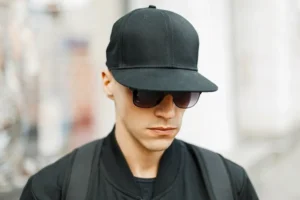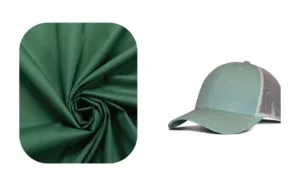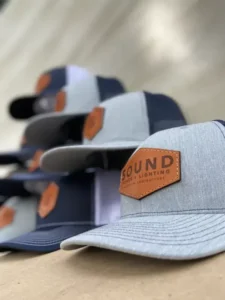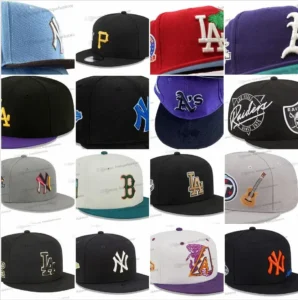Snapback hats have evolved from functional sportswear to a defining element of streetwear and fashion culture worldwide. Their distinct flat brim and adjustable plastic snap closure at the back make them instantly recognizable. But have you ever paused to wonder why this popular hat style is called a “snapback”? The answer lies in the ingenious design of its adjustable strap, which revolutionized how hats fit and feel. Understanding this design, along with its cultural significance and material choices, provides a richer appreciation for this iconic accessory.
A snapback hat derives its name from the plastic snap closure at the back that “snaps” into place, enabling wearers to adjust the fit quickly and easily. This simple mechanism transformed baseball caps, providing versatility and comfort unmatched by traditional fitted hats. Over time, snapbacks have become more than just functional headwear; they’re now symbols of identity, fashion, and community across generations. Imagine the legacy behind your favorite snapback—the craftsmanship, the style shifts, and the stories worn by millions worldwide. Let’s explore this accessory’s full story.
1. What Is a Snapback Hat?
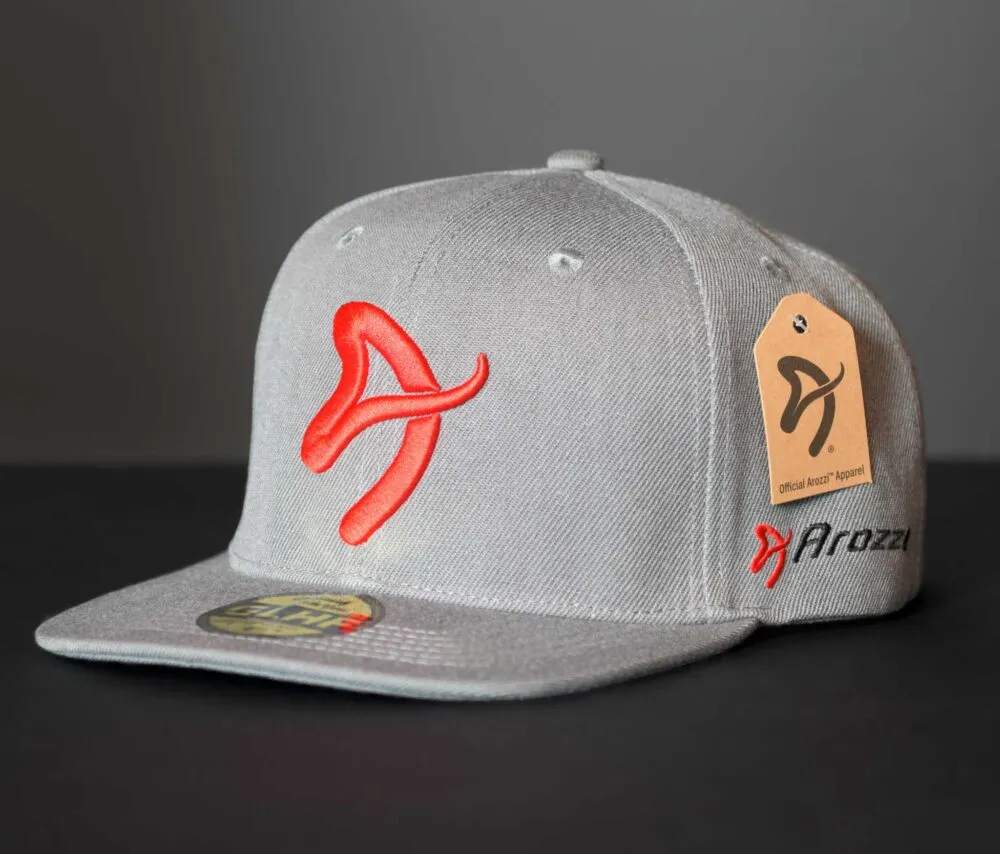
A snapback hat is a type of baseball cap distinguished by a flat brim, a structured high-profile crown, and an adjustable plastic snap fastener on the back that allows the wearer to customize the fit. This design made snapbacks accessible to a wider audience, breaking away from rigid fitted caps.
A snapback hat features a flat brim, a structured crown, and an adjustable plastic snap closure for customizable sizing, offering both style and practicality.
- Flat Brim: Unlike the traditional curved brim, snapbacks are known for their bold, flat brim, which appeals to fashion-forward individuals.
- Structured Crown: The rigid, high-profile crown maintains its shape, offering a sharp silhouette and making logos stand out.
- Adjustable Snap Closure: The plastic snaps allow multiple size adjustments, catering to various head sizes comfortably.
- Fabric Choices: Snapbacks typically use cotton, polyester, wool blends, or acrylic to balance durability and comfort.
- Cultural Symbol: Beyond sports, snapbacks became staples in hip-hop culture and streetwear, representing style and self-expression.
| Feature | Description | Impact on Wearer |
|---|---|---|
| Flat Brim | Wide, flat front brim | Trendy, urban look |
| Structured Crown | Rigid and tall | Bold silhouette, logo display |
| Snap Closure | Plastic adjustable strap | Fit customization, convenience |
| Materials | Cotton, polyester, blends | Comfort and durability |
2. Why Is It Called a Snapback?
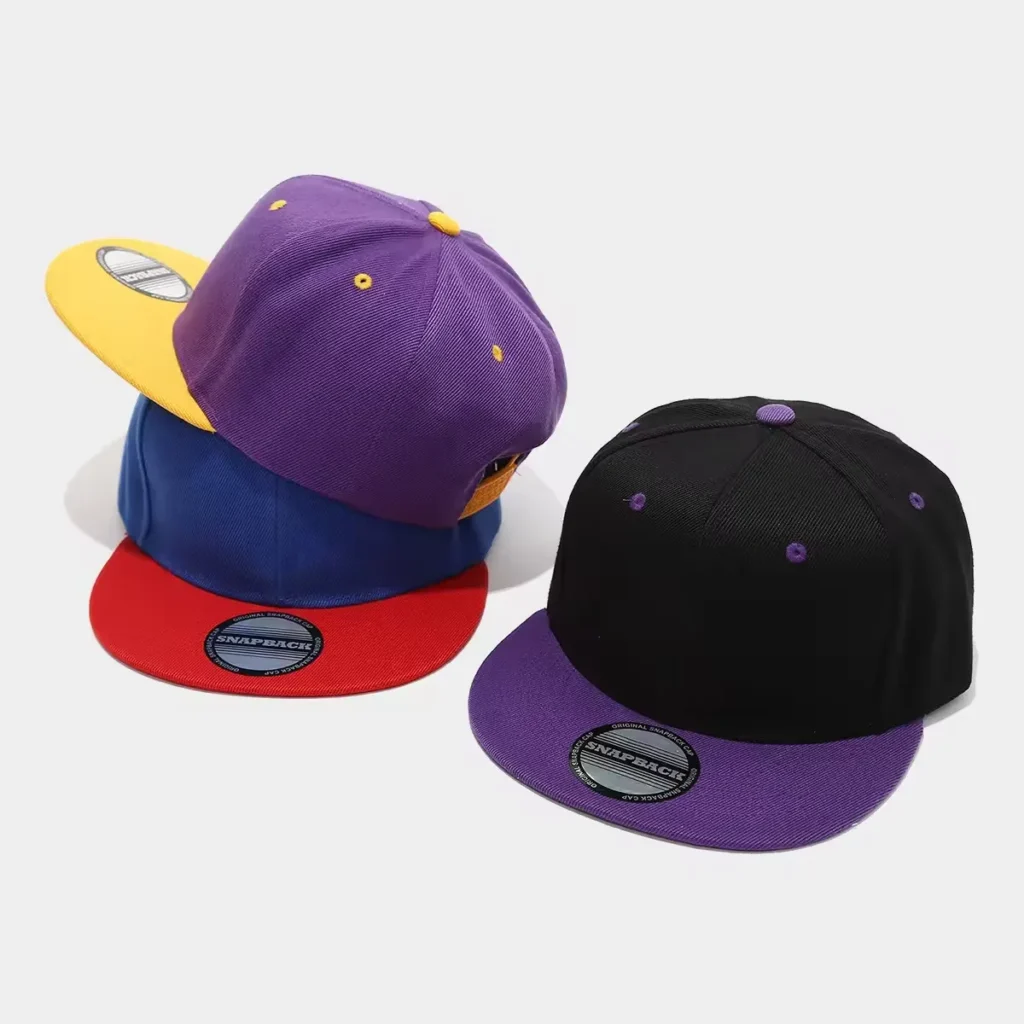
The term “snapback” comes directly from the plastic snap fastener used on the back of these hats. This innovative closure “snaps” into place, making it easy to adjust the size of the cap without the need for complicated mechanisms.
The snapback name originates from its plastic snap closure, which allows quick and secure adjustment of the hat’s size for a comfortable fit.
- Revolutionary Adjustment: Introduced in the 1980s, the plastic snap fastener replaced buckles and Velcro, offering durability and ease of use.
- Ease and Speed: Users could now adjust their hats in seconds, making snapbacks ideal for on-the-go lifestyles.
- Brand Identity: The “snapback” term became synonymous with youth culture and urban fashion, helping manufacturers market the hats effectively.
- Wider Adoption: The simplicity of the snap closure contributed to the hat’s popularity among athletes, celebrities, and everyday consumers.
- Comparison with Other Caps: While fitted hats require precise sizing, snapbacks offer versatility, accommodating fluctuating head sizes.
| Aspect | Explanation | Cultural Impact |
|---|---|---|
| Snap Closure | Plastic fastener mechanism | User-friendly design |
| Naming Origin | Derived from closure type | Defined a category of hats |
| Popularization | 1980s sports and streetwear | Youth and hip-hop symbol |
3. Which Materials Are Commonly Used in Snapback Hats?
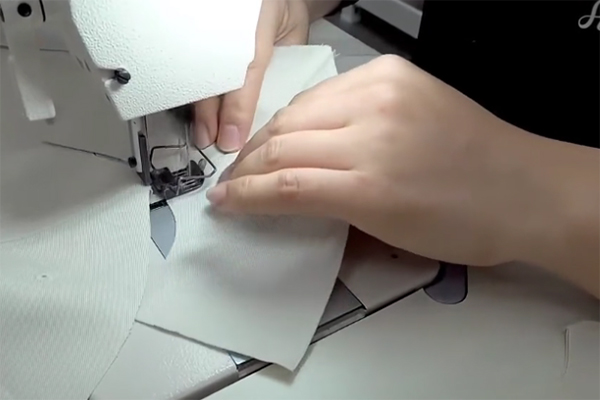
Snapbacks are commonly crafted from cotton, wool blends, polyester, and acrylic fabrics. These materials are chosen to balance structure, comfort, and durability while meeting diverse style and climate needs.
Snapback hats commonly use cotton for breathability, wool blends for structure, polyester for durability, and acrylic for affordable alternatives.
- Cotton: Loved for its softness and breathability, cotton is ideal for casual wear but may wrinkle and stretch over time.
- Wool Blends: Offer a structured, premium feel. Wool adds warmth, making these snapbacks suitable for colder weather or high-fashion looks.
- Polyester: Durable, quick-drying, and wrinkle-resistant, polyester is favored for sports and outdoor use.
- Acrylic: Often used as a budget-friendly wool alternative; lighter and less insulating.
- Fabric Selection Considerations: Different fabrics influence the hat’s look, feel, and function, affecting customer preference and price points.
| Material | Comfort | Durability | Ideal Usage |
|---|---|---|---|
| Cotton | High | Medium | Casual, warm climates |
| Wool Blends | Medium | High | Cold weather, fashion hats |
| Polyester | Medium | High | Sports, moisture-prone uses |
| Acrylic | Medium | Medium | Affordable fashion options |
4. How Did Snapback Hats Become Popular?
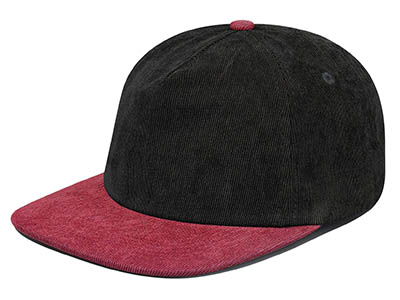
Snapbacks surged in popularity during the 1980s and 90s as they became a staple for sports teams, urban youth, and hip-hop culture, cementing their place in fashion history.
Snapback hats rose to fame in the 80s and 90s through sports leagues and hip-hop culture, becoming a global fashion icon embraced by multiple generations.
- Sports Merchandise: Major League Baseball and other sports teams popularized snapbacks through official merchandise, fueling fan adoption.
- Hip-Hop Influence: Artists and influencers adopted snapbacks as part of their style, making the hat a symbol of identity and rebellion.
- Celebrity Endorsements: Appearances in music videos, movies, and public events drove mainstream acceptance.
- Fashion Cycles: The early 2000s saw a decline but were followed by a streetwear revival in the 2010s, aided by fashion designers and social media.
- Global Penetration: Snapbacks have transcended geography, becoming popular in Asia, Europe, and Latin America.
| Era | Key Influencers | Cultural Impact |
|---|---|---|
| 1980s-90s | Sports teams, hip-hop artists | Youth culture and identity |
| 2000s | Decline & niche use | Cult status maintained |
| 2010s-now | Streetwear brands, celebrities | Mainstream fashion staple |
5. Are There Different Styles of Snapback Hats?

Absolutely. Snapbacks come in a variety of styles, differing in brim shape, crown height, materials, and customizations, catering to diverse fashion tastes and practical needs.
Snapbacks vary in brim shape (flat or curved), crown profile (high or low), materials, and design customization, offering versatility for all wearers.
- Brim Shape: The classic flat brim remains popular, but curved brims offer a sportier vibe.
- Crown Height: High-profile snapbacks have a tall structured crown; low-profile hats fit closer and have a softer look.
- Fabric and Color Options: Solid colors, prints, camo, and embroidered patterns are widely available.
- Customization: Embroidery, patches, screen printing, and even 3D logos are common personalization methods.
- Limited Editions: Designer collaborations and brand exclusives fuel collector demand.
| Style Element | Variations | Popularity & Usage |
|---|---|---|
| Brim Shape | Flat, curved | Flat for fashion, curved for sports |
| Crown Profile | High, low | High for statement, low for casual |
| Material | Cotton, polyester, blends | Depends on purpose and season |
| Customization | Embroidery, patches, printing | Brand identity and personal style |
6. How To Choose the Right Snapback Hat for You?
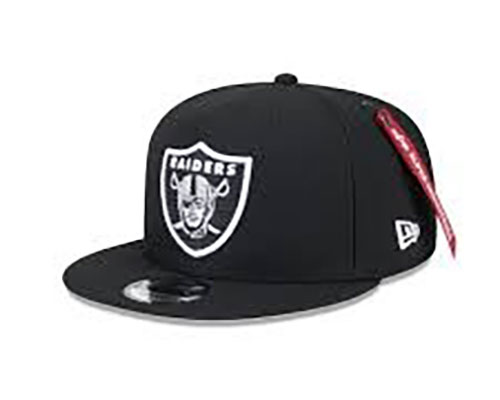
Selecting the perfect snapback depends on your style, comfort preferences, purpose, and the desired level of customization.
Choose a snapback hat based on fit, brim shape, fabric type, and customization needs to match your lifestyle, brand, or fashion goals.
- Fit and Size: Snap closure offers adjustability; test for comfort and secure fit.
- Style Considerations: Match brim style and crown height to your fashion preference or activity.
- Material: Consider weather, comfort, and look; cotton for breathability, wool for warmth, polyester for sport.
- Customization: For brands or personal use, evaluate the quality and options of embroidery or printing.
- Budget: Balance quality and cost to suit your needs without compromising durability.
| Factor | Options | Recommendation |
|---|---|---|
| Fit | Adjustable snap size | Try on for comfort |
| Style | Flat or curved brim | Depends on fashion or activity |
| Fabric | Cotton, wool, polyester | Choose by climate and use |
| Customization | Embroidery, print, patches | Align with branding goals |
| Price | Low to premium | Balance quality and budget |
Ready to Get Your Custom Snapback Hats?
Snapback hats remain timeless pieces that blend adjustable fit with bold style. Knowing their history, materials, and variations empowers you to make informed choices—whether for personal wear or brand building. At Kinwin, we specialize in crafting premium, customizable snapback hats tailored exactly to your needs.
Contact Kinwin today for a quote or to discuss your custom snapback hat order. Together, we’ll create hats that stand out, fit perfectly, and express your unique style.


